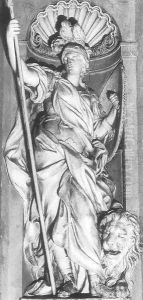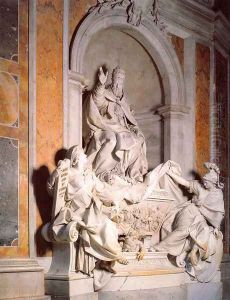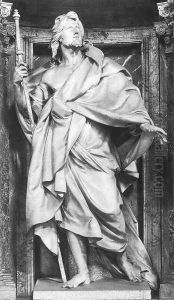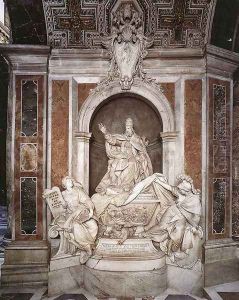Camillo Rusconi Paintings
Camillo Rusconi was an Italian sculptor of the late Baroque period, active mostly in Rome. Born in 1658 in Milan, Rusconi was initially trained by Giuseppe Rusnati. After his early education, he moved to Rome around 1685, where he became a prominent sculptor in the artistic scene. He was influenced by the works of Gian Lorenzo Bernini and Antonio Canova, two of the greatest masters of the time, although he developed his own distinct style that was admired for its clarity and graceful compositions.
Rusconi's work includes a variety of commissions, such as altars, funerary monuments, and statues for both churches and private patrons. One of his most famous works is the set of four larger-than-life apostles (St. Matthew, St. James the Greater, St. Thomas, and St. Philip) that he completed for the Archbasilica of St. John Lateran in Rome between 1708 and 1718. This commission was particularly significant, as it was part of a project to replace older statues and align the church's interior with the grandeur of the Baroque style.
Aside from his prominent religious sculptures, Rusconi also worked on portrait busts and other smaller-scale projects. His style was characterized by a combination of realism and idealization, with a focus on dynamic movement and emotional expression. He was adept at handling marble, with a sensitive touch for details such as drapery and facial expressions.
Rusconi's contributions to the Baroque period were significant, and he was considered one of the leading sculptors in Rome during his lifetime. His works played a key role in the development of late Baroque sculptural art, influencing subsequent generations of artists. Camillo Rusconi died in 1728, leaving behind a legacy of art that continues to be admired for its technical skill and artistic beauty.



